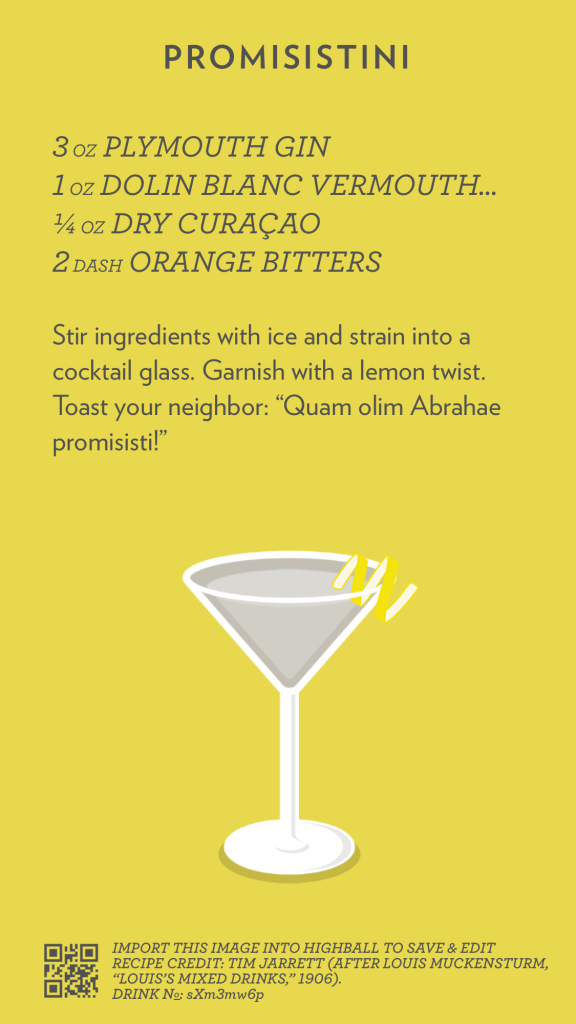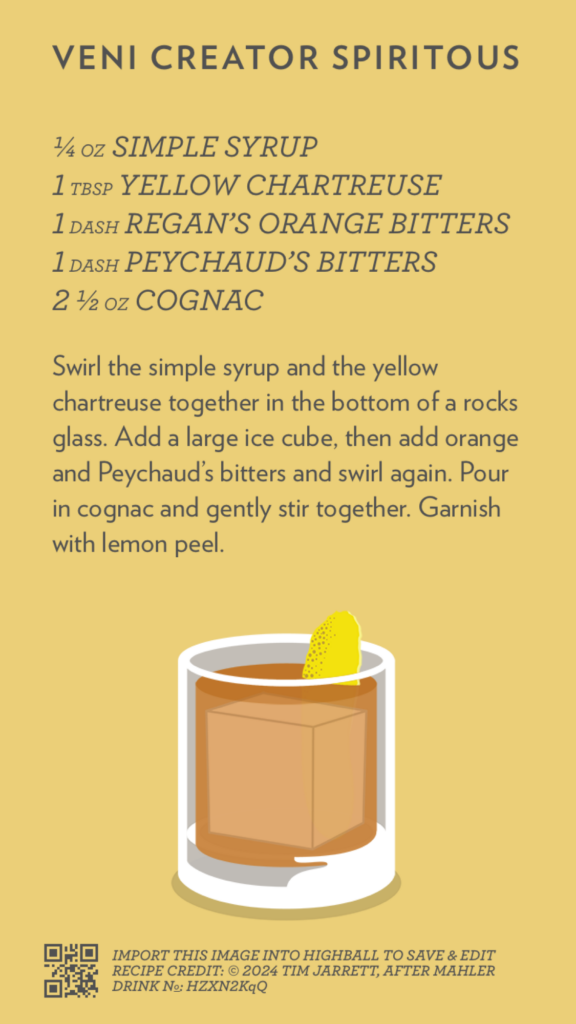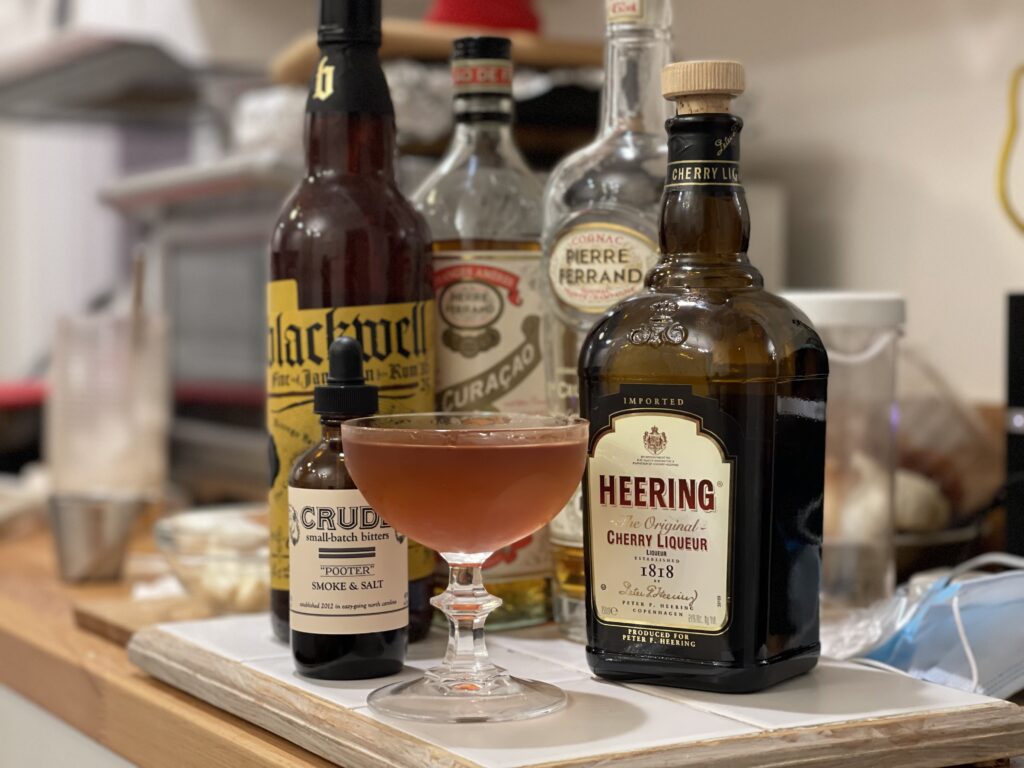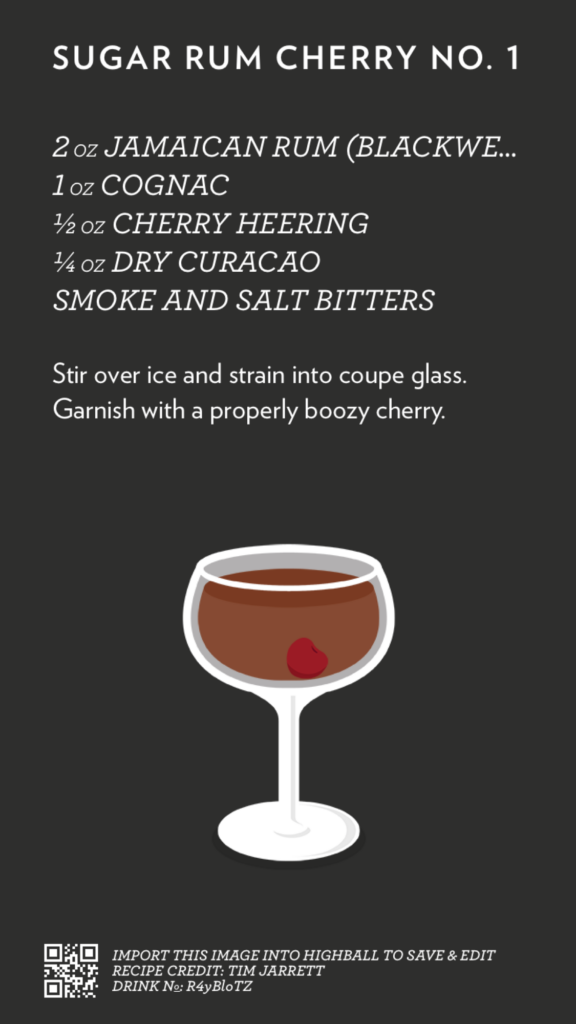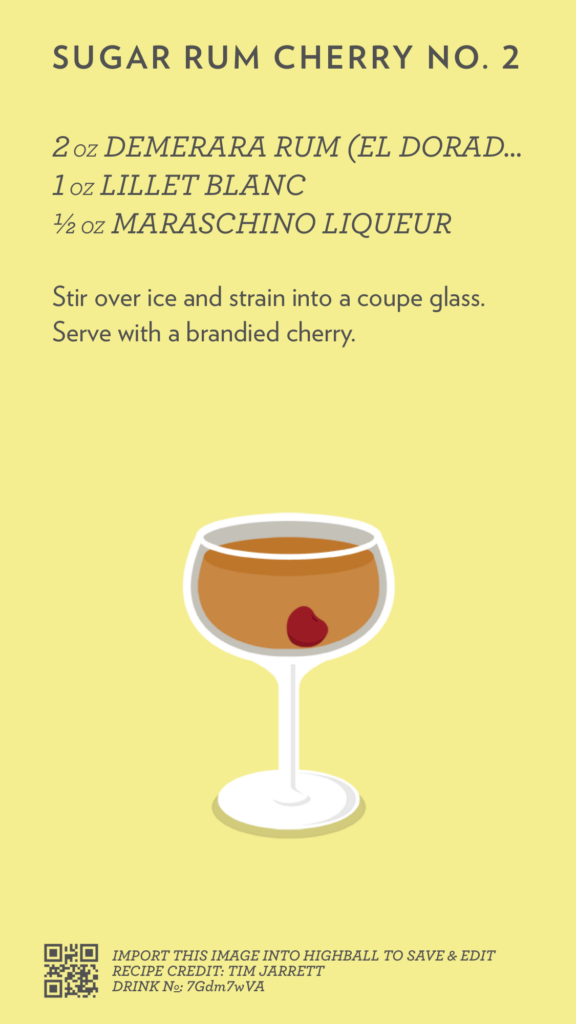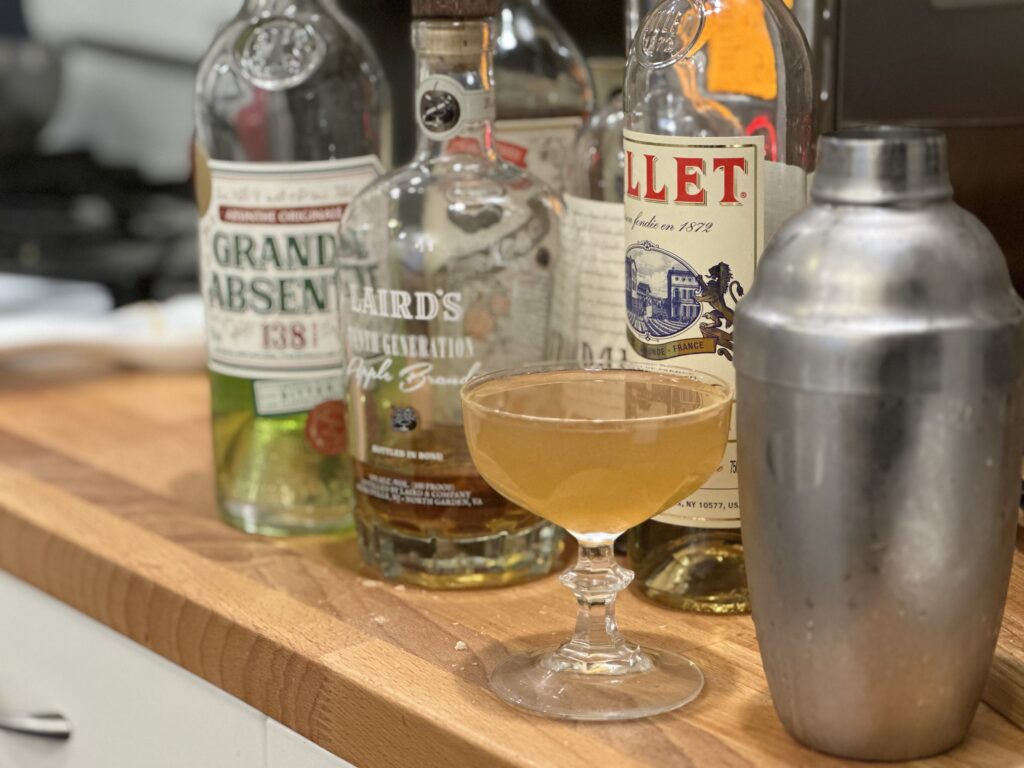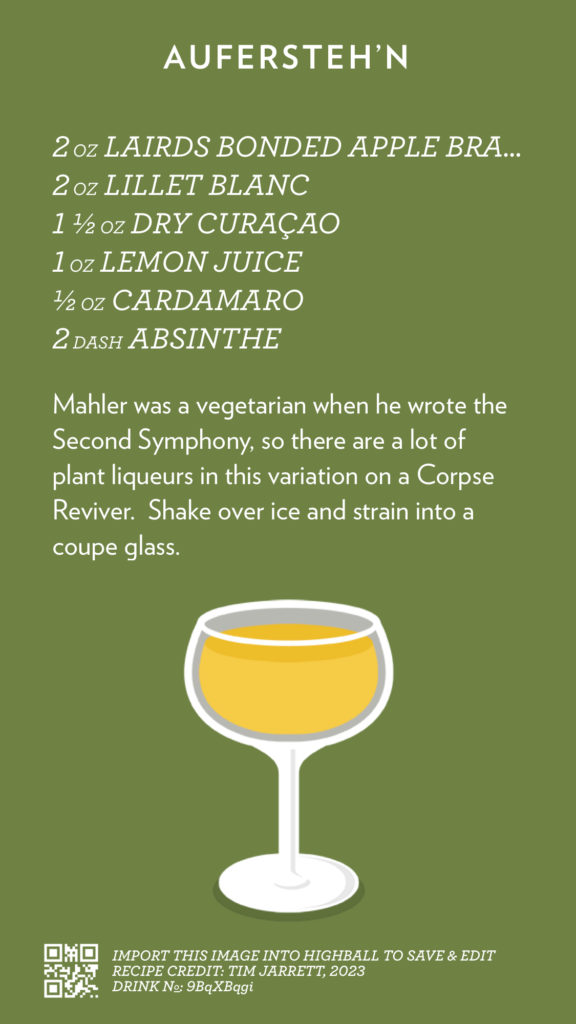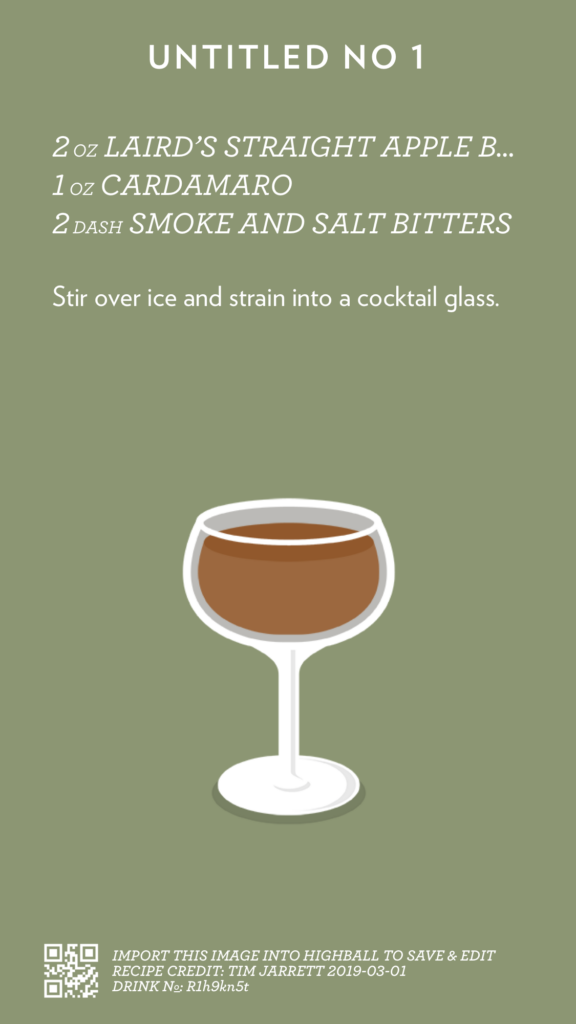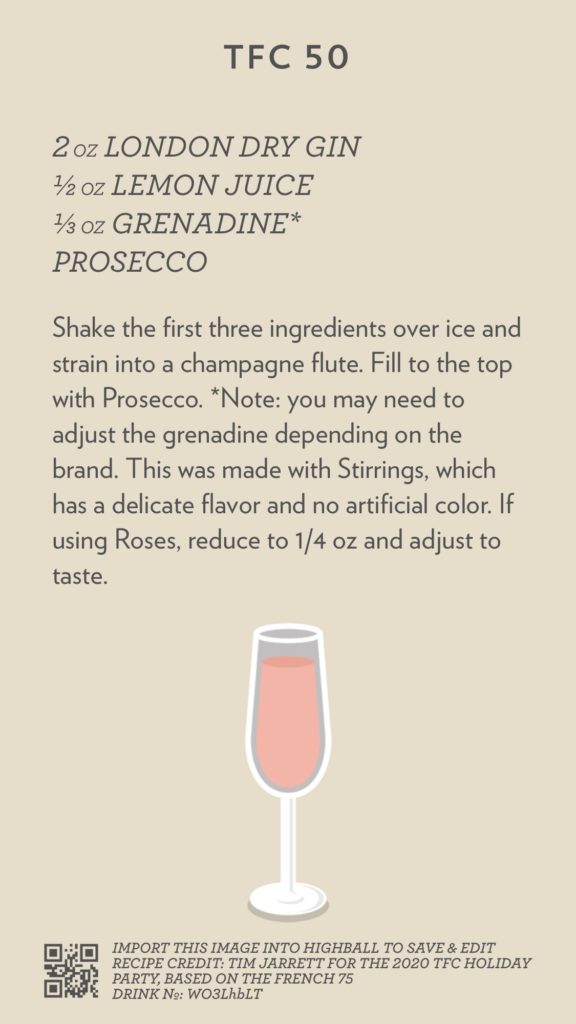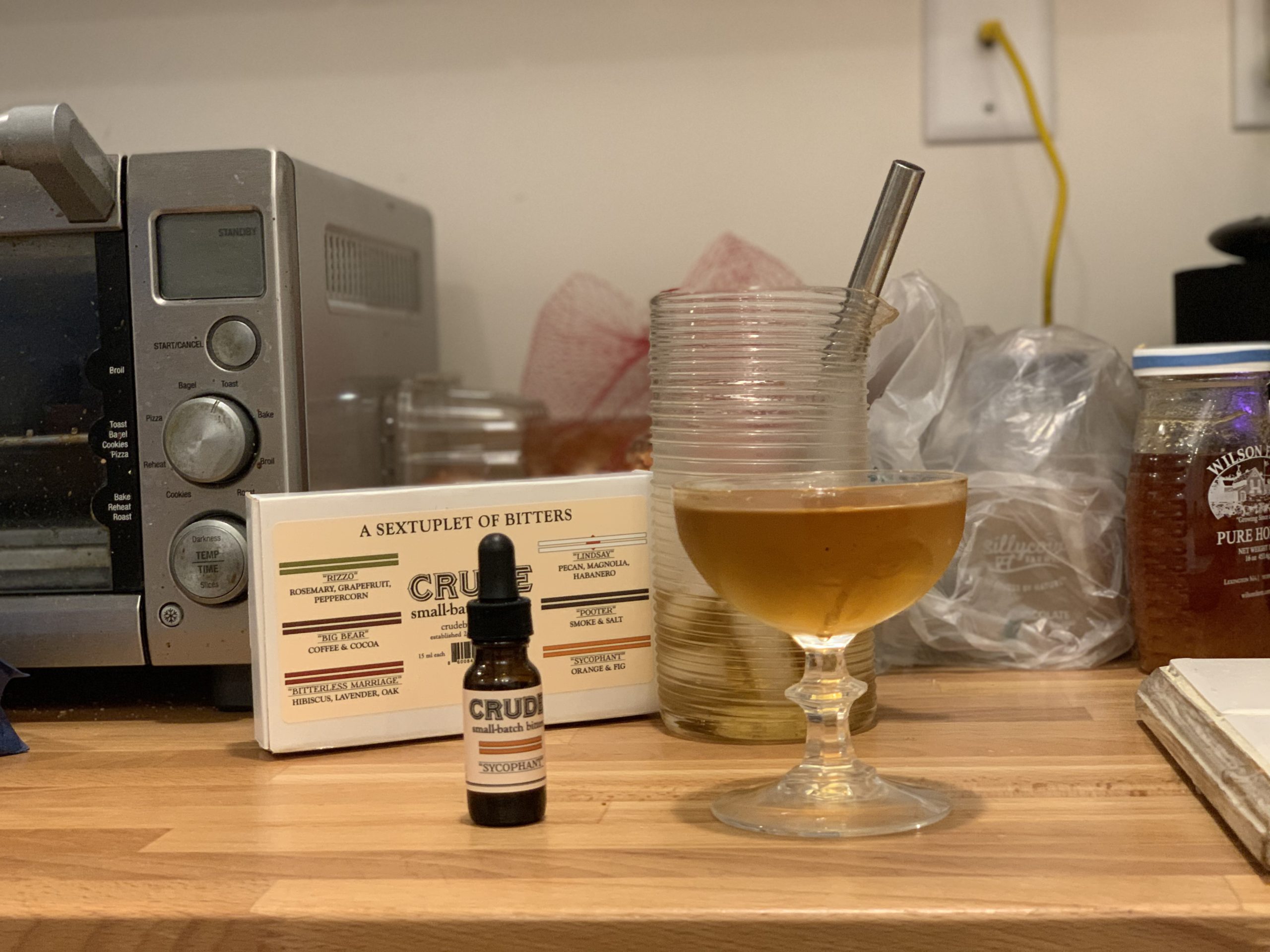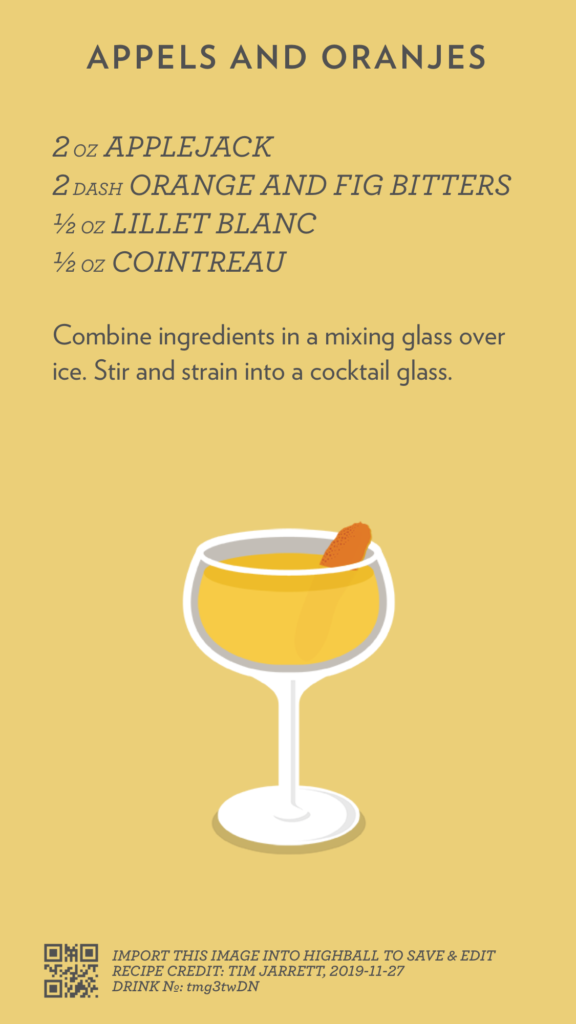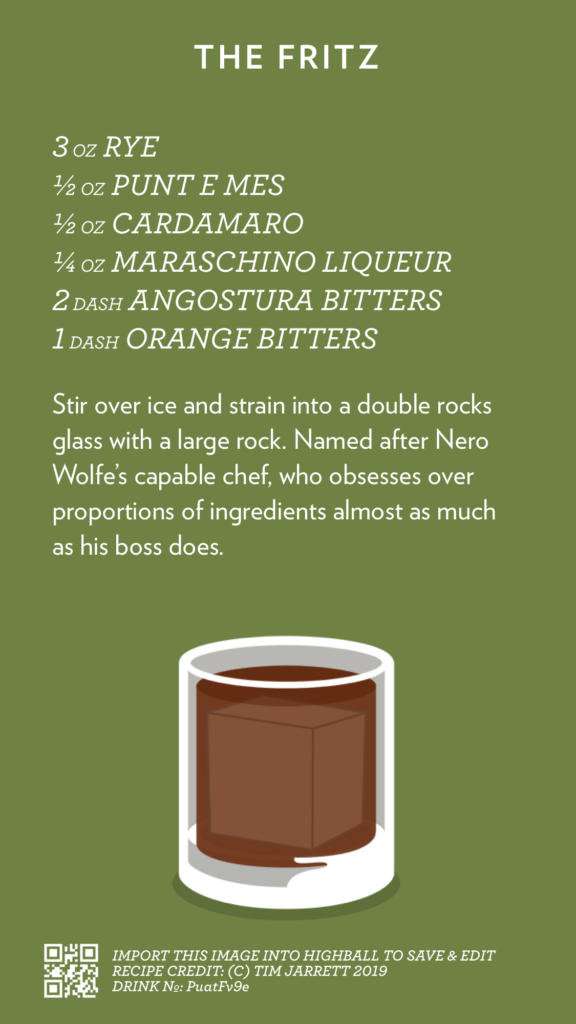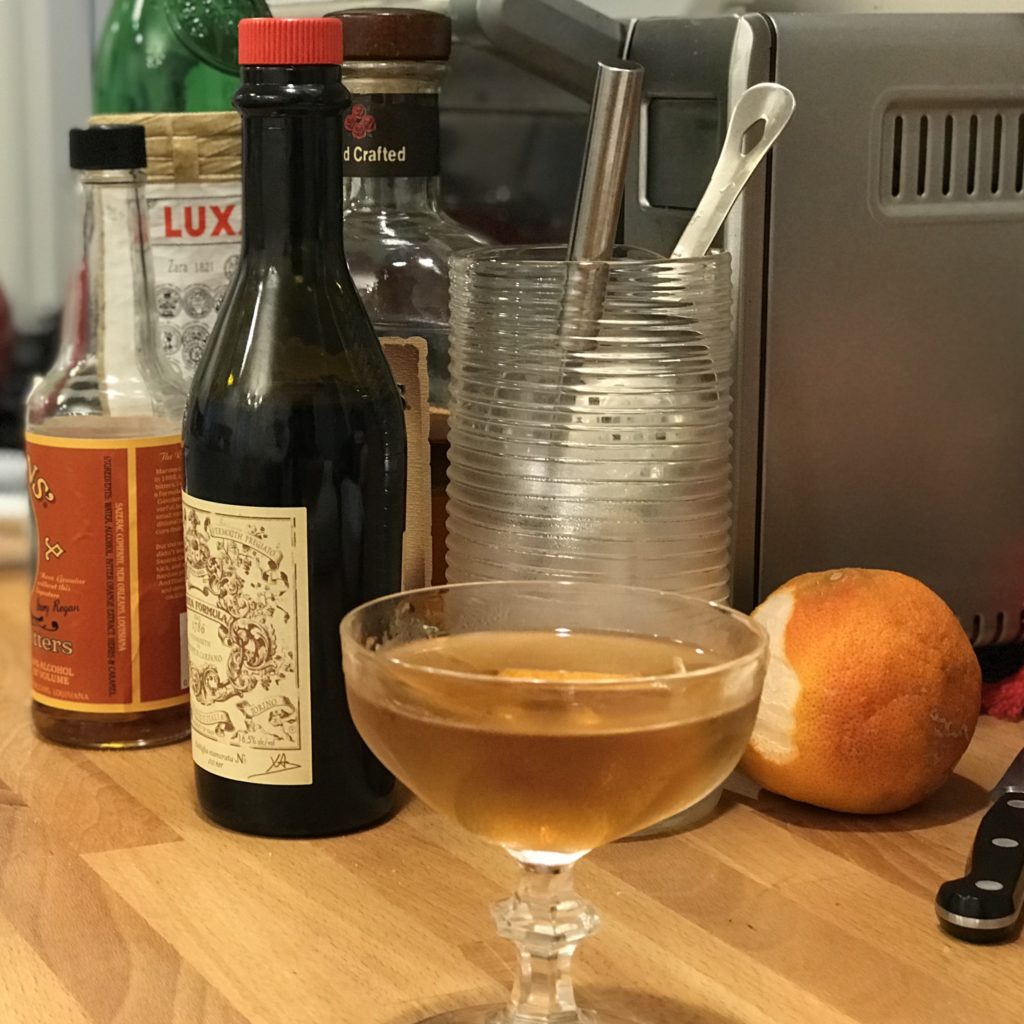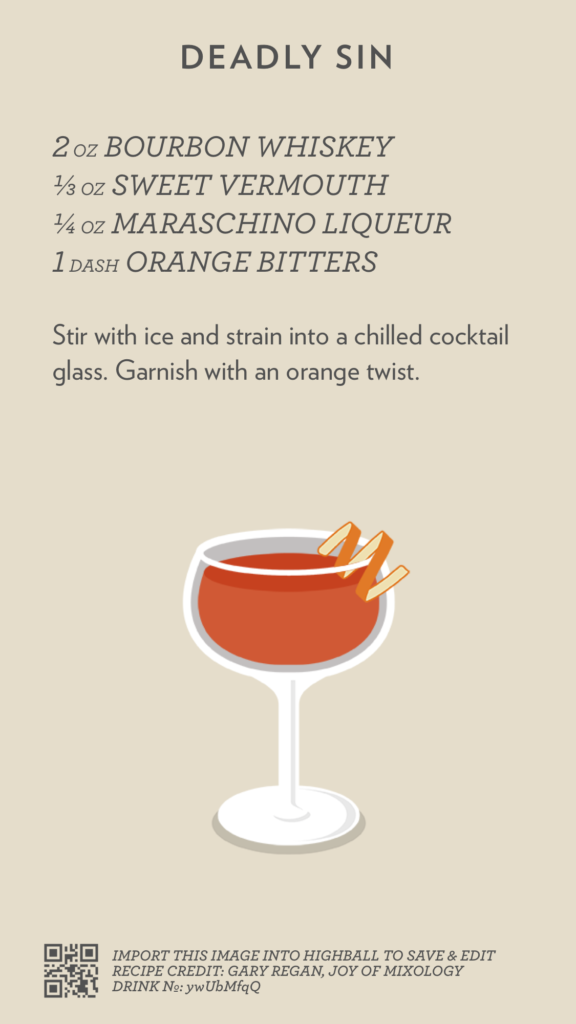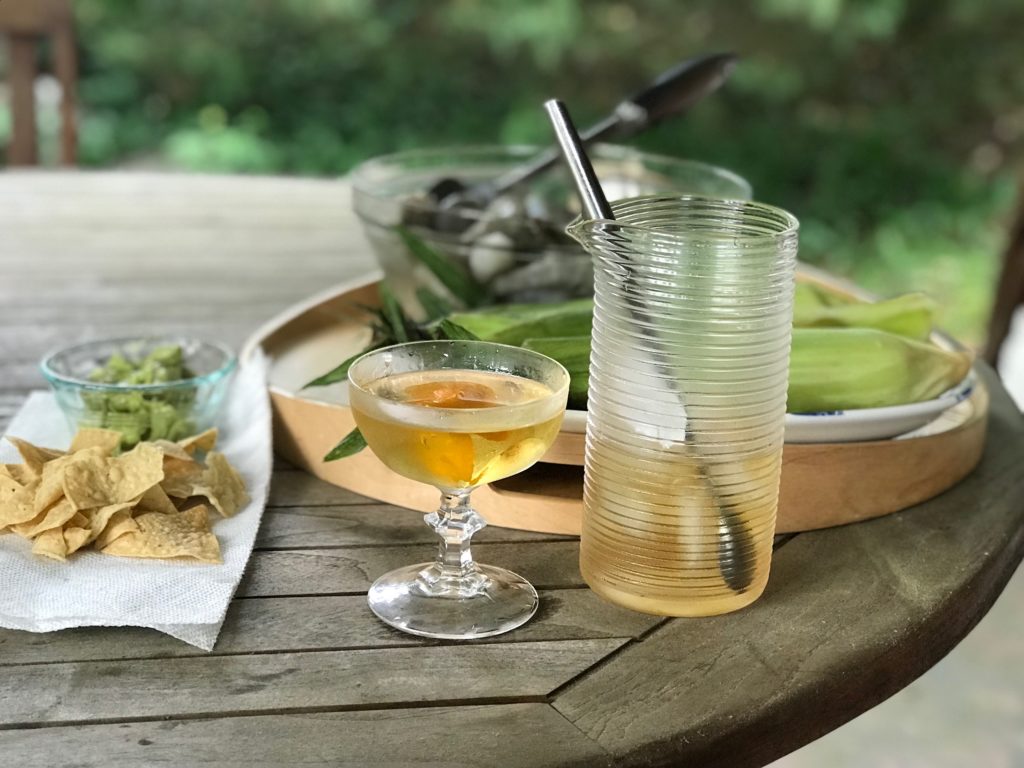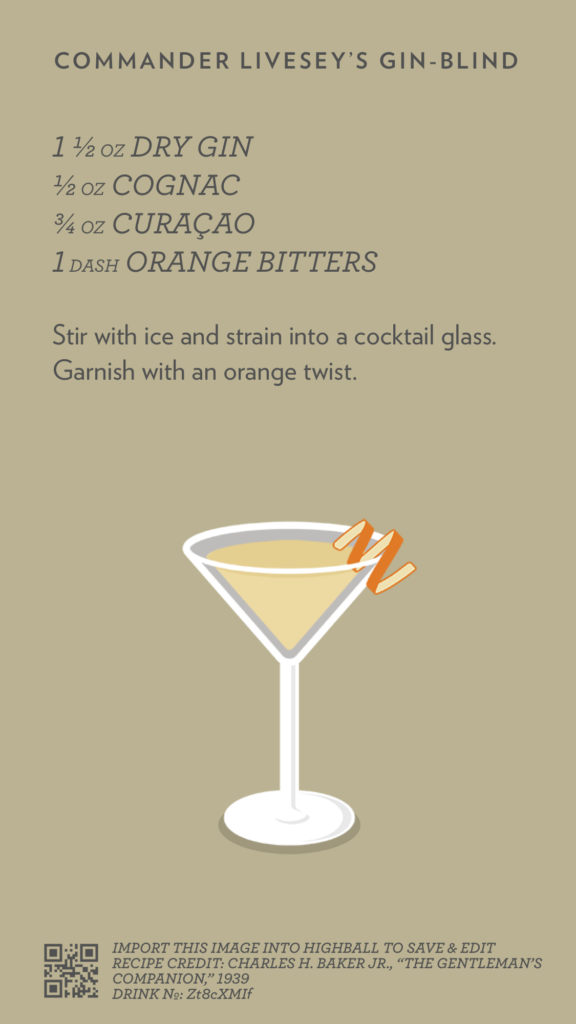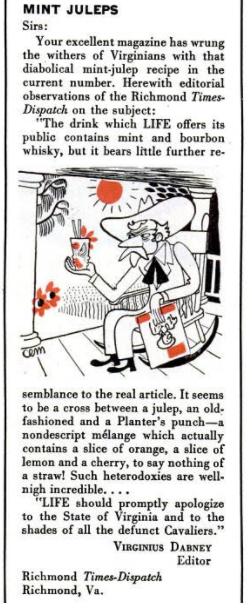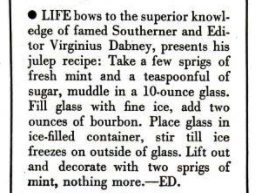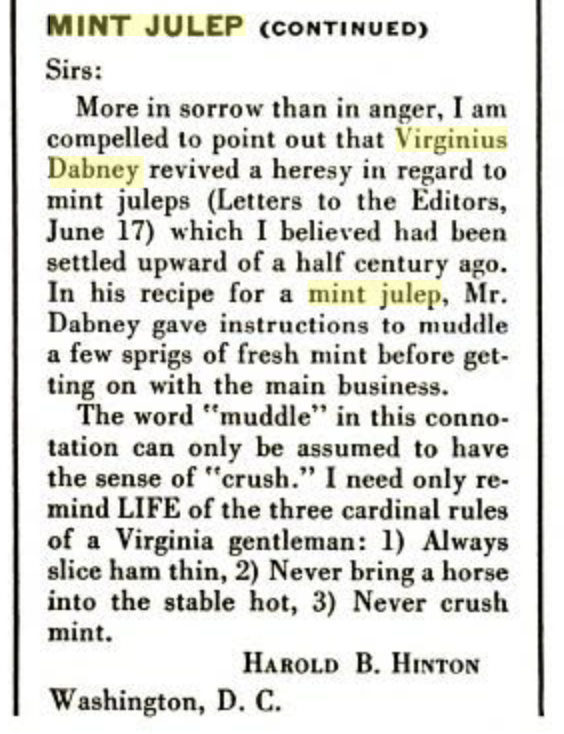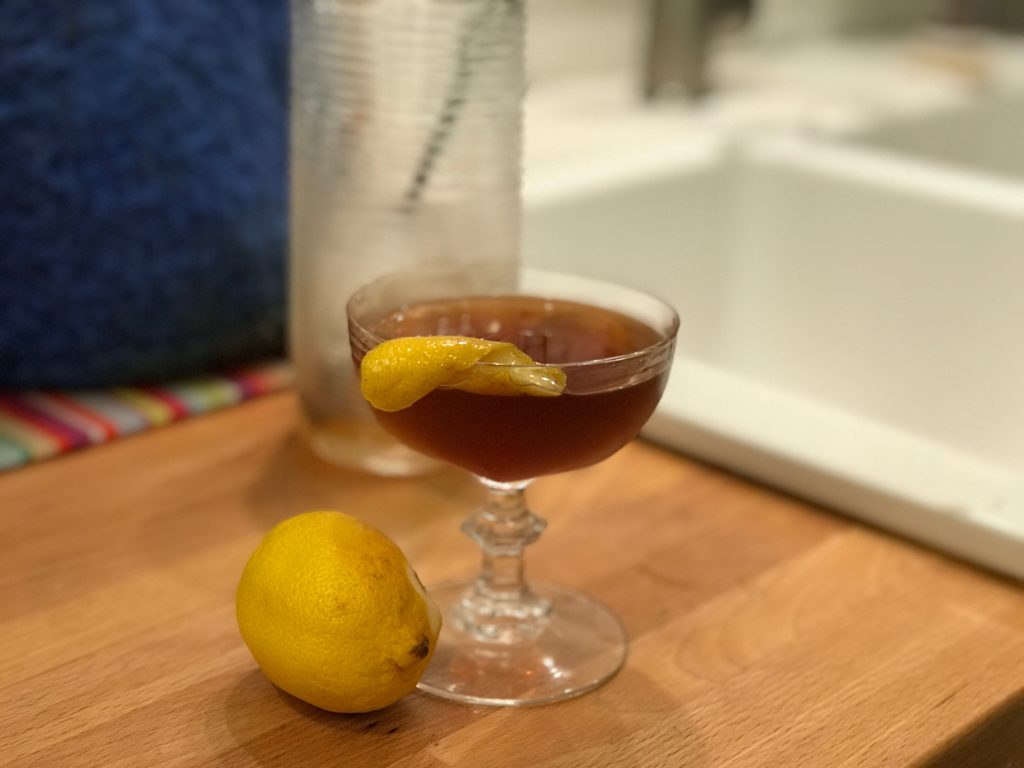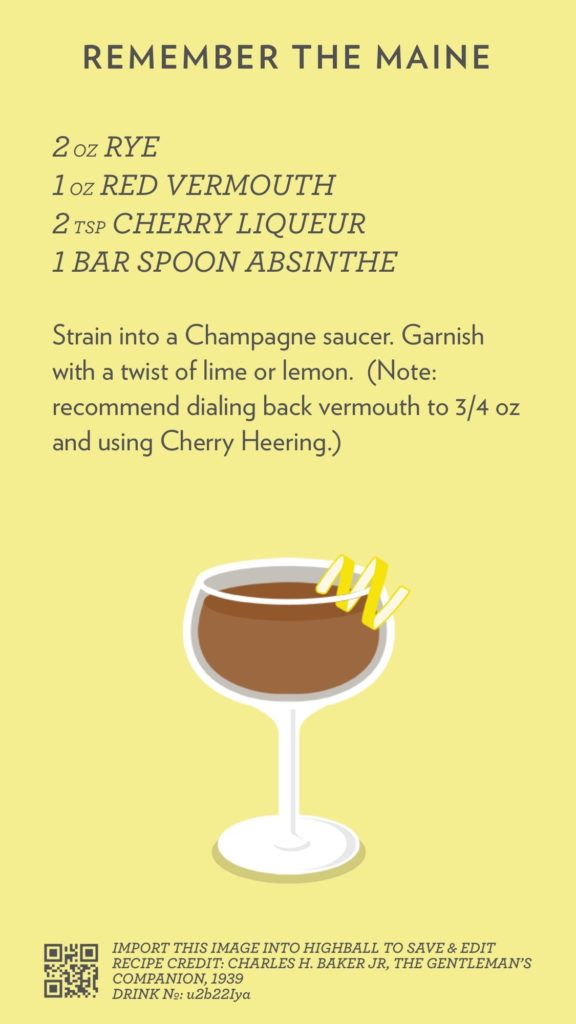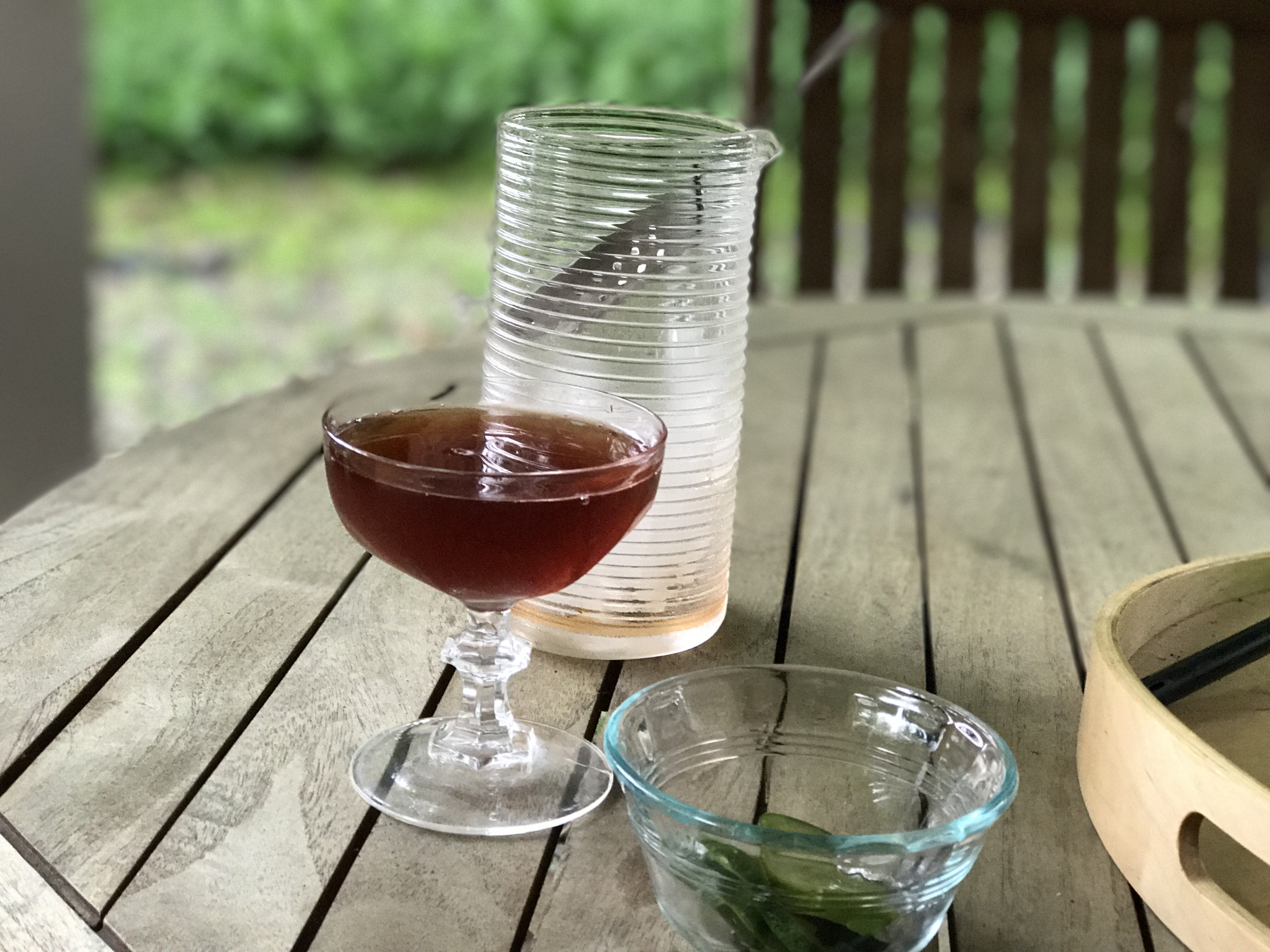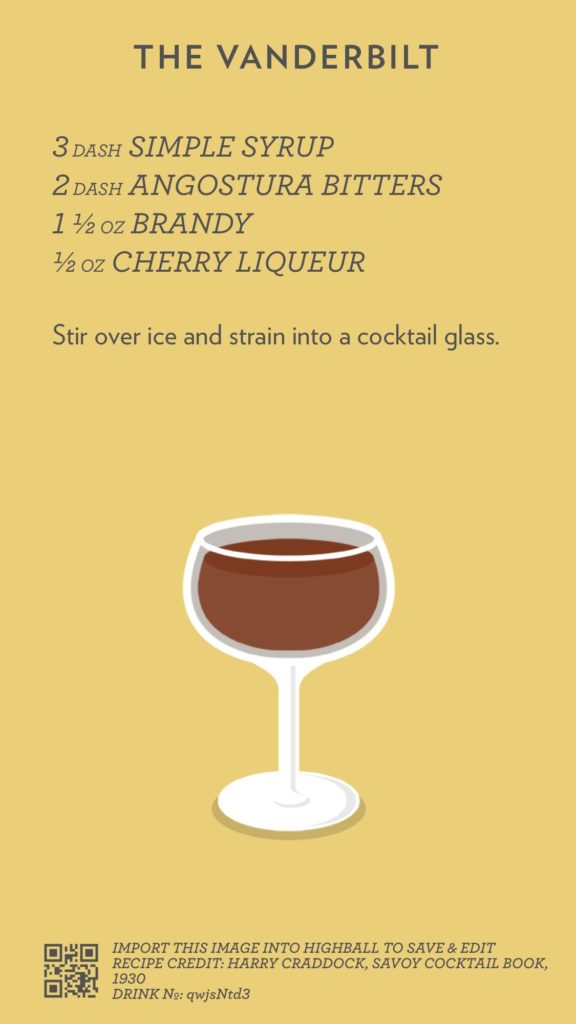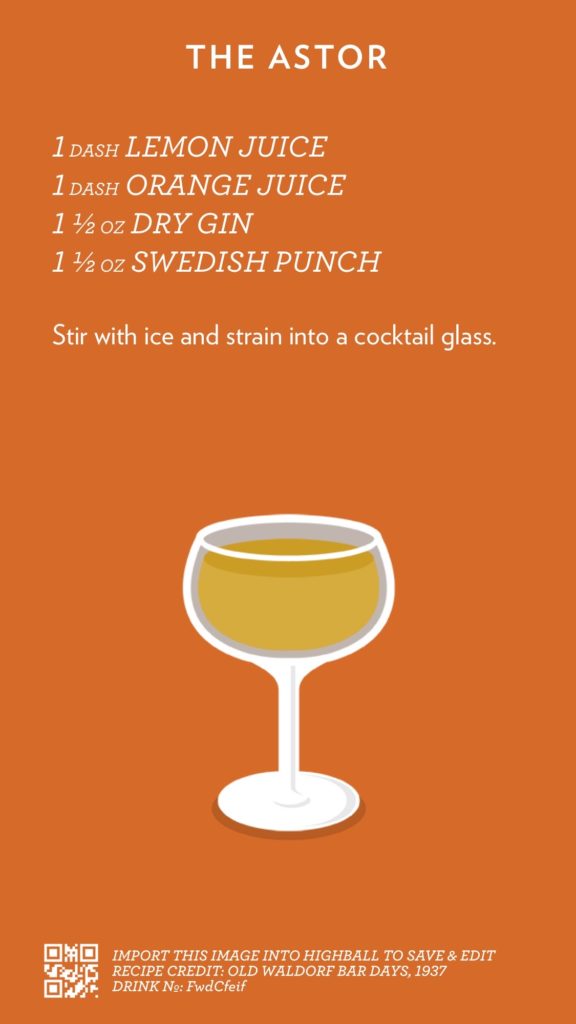
Last night, my friends in the Tanglewood Festival Chorus and I wrapped up a series of performances of the Mozart Requiem with the Boston Symphony Orchestra (Dima Slobodeniouk conducting—we had previously sung Grieg’s Peer Gynt with him; Erin Morley, soprano; Avery Amereau, mezzo; Jack Swanson, tenor, substituting for Simon Bode who couldn’t get a visa; and the redoubtable bass Morris Robinson returning after performing it with the BSO in 2017). I had last sung the Requiem with Michael Tilson Thomas at Tanglewood in 2010 and in Symphony Hall in 2009 (with Shi-Yeon Sung substituting for an ailing James Levine), and before that in 2006 at Tanglewood with Levine; before that, I performed it in Bellevue, Washington, with the Cascadian Chorale in 2002 as part of a commemoration of the first anniversary of 9/11.
Which is to say, the piece and I have history.
What was distinctive this time (as my colleague Jeff Foley notes) was the amount of time we were able to spend refining our approach to the music and making effortless parts that often end up barked or belted in other performances. The work appears to have paid off, as the Globe specifically cited the sound of the tenors as a highlight of the performance: “With the ‘Requiem,’ the Tanglewood Festival Chorus gave a stunning and profound display of unity. Their quality of performance has been on a distinct upswing lately, and the fruits of their work showed in the precise intonation in the ‘Kyrie,’ explosive dynamic variation in the ‘Dies Irae,’ and elegant phrasing in the ‘Lacrimosa’ — staples of the choral repertoire where rough patches tend to make themselves visible. The tenor parts of the ‘Requiem’ choral book can be especially punishing, and the TFC tenors deftly shouldered the demands, letting their high notes bloom.”
Which is to say, that calls for a cocktail! This one borrows its title from the “Quam olim Abrahæ” fugue, which appears at the end of both the “Domine Jesu” and the “Hostias,” and I couldn’t resist a Martini variant. This is based on Louis Muckensturm’s “Dry Martini” from 1906, one of the only ones I know that uses curaçao.
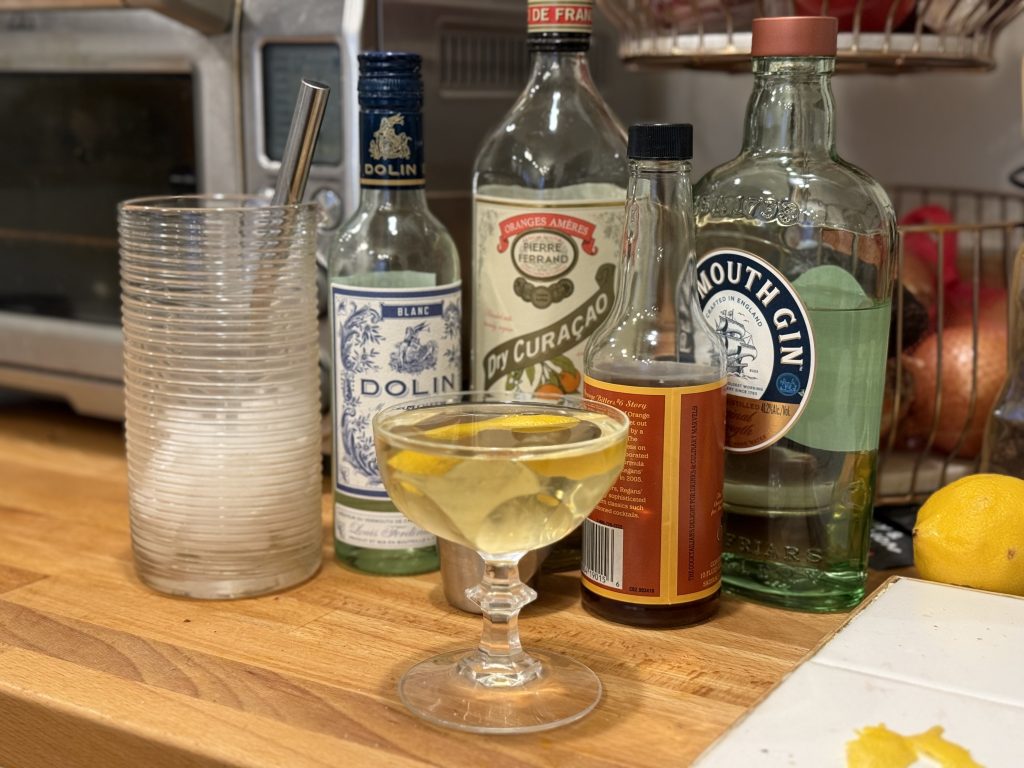
As always, you can import the recipe card photo into Highball. Enjoy!
